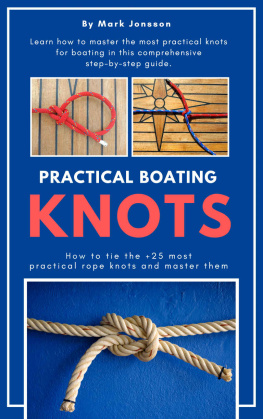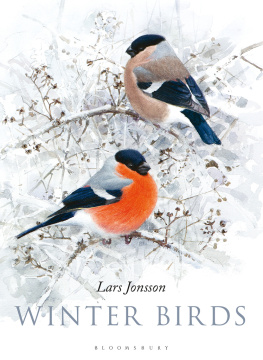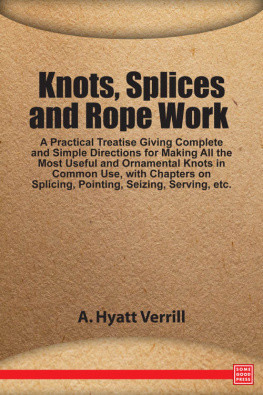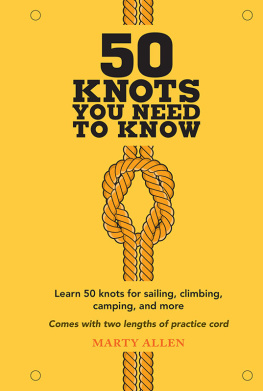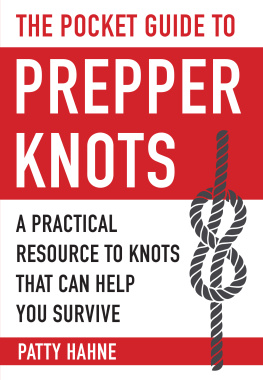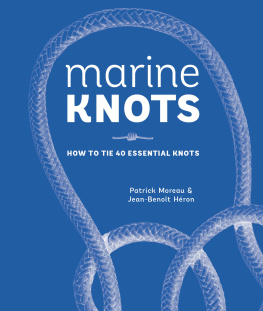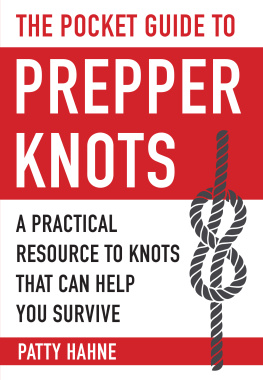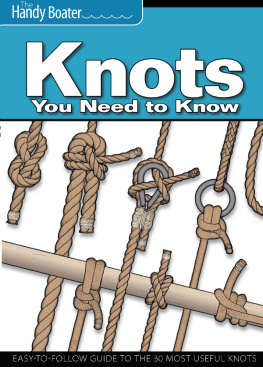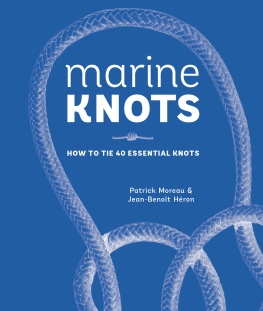Jonsson - Practical Boating Knots: How to tie the +25 most practical rope knots and master them
Here you can read online Jonsson - Practical Boating Knots: How to tie the +25 most practical rope knots and master them full text of the book (entire story) in english for free. Download pdf and epub, get meaning, cover and reviews about this ebook. year: 2019, publisher: Mark Jonsson, genre: Home and family. Description of the work, (preface) as well as reviews are available. Best literature library LitArk.com created for fans of good reading and offers a wide selection of genres:
Romance novel
Science fiction
Adventure
Detective
Science
History
Home and family
Prose
Art
Politics
Computer
Non-fiction
Religion
Business
Children
Humor
Choose a favorite category and find really read worthwhile books. Enjoy immersion in the world of imagination, feel the emotions of the characters or learn something new for yourself, make an fascinating discovery.
- Book:Practical Boating Knots: How to tie the +25 most practical rope knots and master them
- Author:
- Publisher:Mark Jonsson
- Genre:
- Year:2019
- Rating:4 / 5
- Favourites:Add to favourites
- Your mark:
- 80
- 1
- 2
- 3
- 4
- 5
Practical Boating Knots: How to tie the +25 most practical rope knots and master them: summary, description and annotation
We offer to read an annotation, description, summary or preface (depends on what the author of the book "Practical Boating Knots: How to tie the +25 most practical rope knots and master them" wrote himself). If you haven't found the necessary information about the book — write in the comments, we will try to find it.
Practical Boating Knots: How to tie the +25 most practical rope knots and master them — read online for free the complete book (whole text) full work
Below is the text of the book, divided by pages. System saving the place of the last page read, allows you to conveniently read the book "Practical Boating Knots: How to tie the +25 most practical rope knots and master them" online for free, without having to search again every time where you left off. Put a bookmark, and you can go to the page where you finished reading at any time.
Font size:
Interval:
Bookmark:
P ractical Boating Knots How to tie the +25 most practical rope knots and master them
Table of Contents
Introduction
Welcome to the Practical Boating Knots: How to tie the +25 most practical rope knots and master them. This book was last updated 2019 and is a comprehensive step-by-step guide with text and pictures on how to tie the most practical and useful boating knots. About this book
Using the right knot at the right time is critical knowledge for a successful and safe boating experience. Using the right knot for a specific task securely ties your boat, your anchor, sailing sheets and ensures a safe boating experience. Knots are intended to be reliable and easy to undo when no longer needed. There are many different knots to master and easy to forget if they are not used on a regular basis.
Just being able to know the first essential knots in this book will take you a very long way. This book is also intended as a practical reference guide when you need to look up how to tie a specific knot and when to use it. This book is written for both experienced boat owners and for beginners. This simple and intuitive step-by-step book illustrates the most practical knots for boating and is an excellent book to have on your boat. There is little practical use of knowing more knots than the ones covered in this book for most boat owners. The first section called Mastering the essential knots, is required for a safe boat experience and the others can be looked up in this book when needed.
No more sleepless nights worrying about if your boat is secured properly or if you tied the knots correctly. When you have finished this book, you will be prepared for a life at sea and master the most practical knots every boat owner should know. Many of the pictures are taken from my own sailboat to provide the reader pictures from the field and practical examples of how to use them.  You do not need to know hundreds of different knots, just the most practical ones covered in this book. Rope and Knot Terms
You do not need to know hundreds of different knots, just the most practical ones covered in this book. Rope and Knot Terms
In order to make this step-by-step guide easier to follow for the reader, we will start by outlining the terminology used in this book. There are several ways to describe different parts of a rope such as working end, standing part, loop, bight, crossing.
These terms describe shapes to be made when tying a knot. Learning how to tie a knot can seem confusing and intimidating at first, but with a good understanding of the terminology, the following chapters will be easier to follow.
Standing part and working end 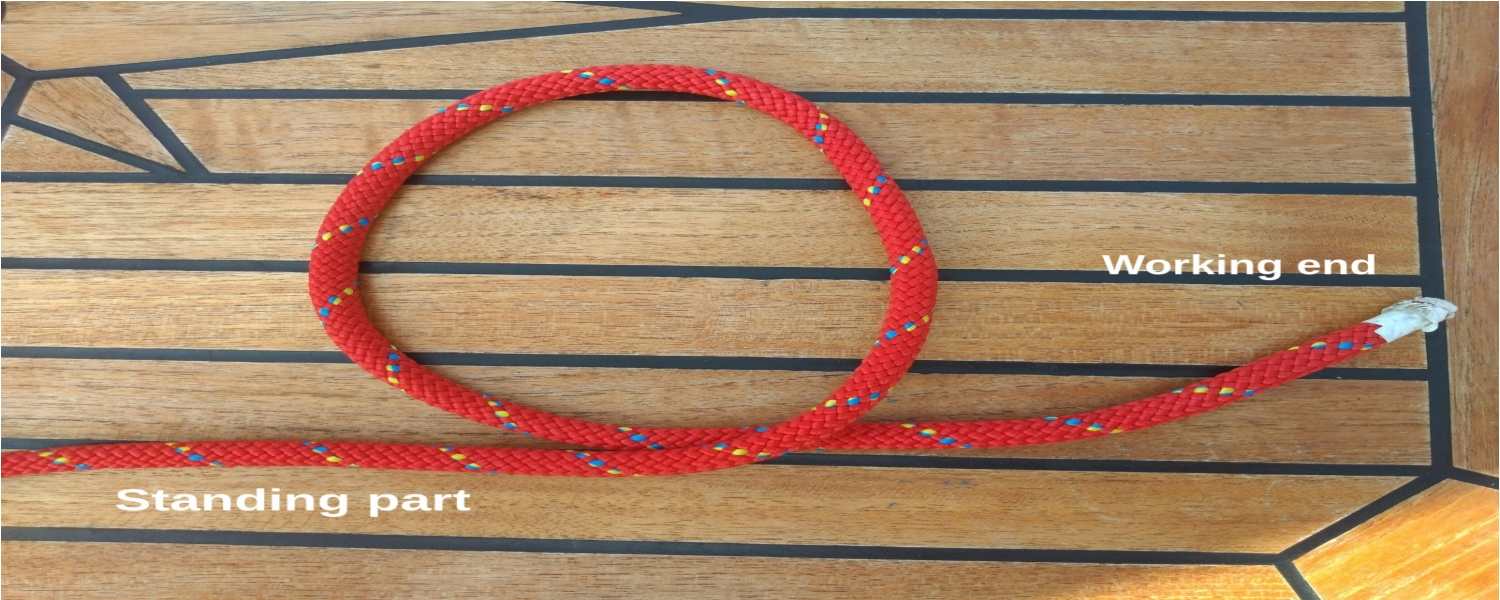 Bight
Bight 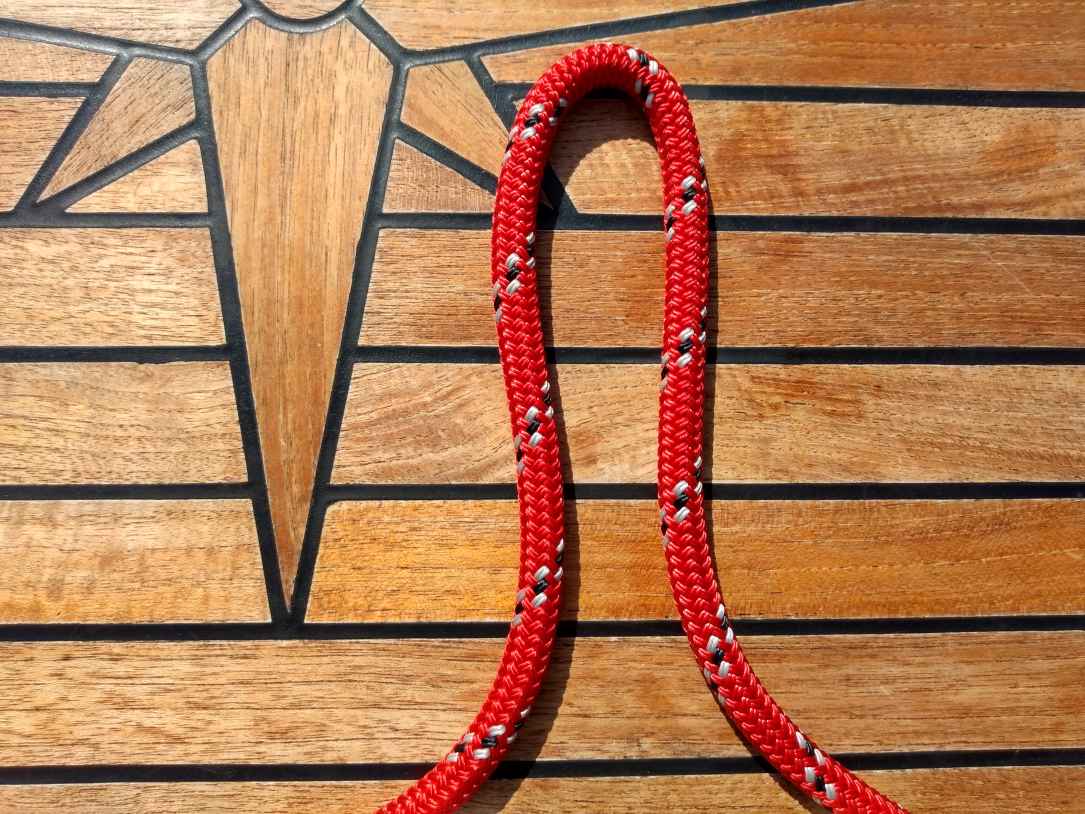 Loop
Loop 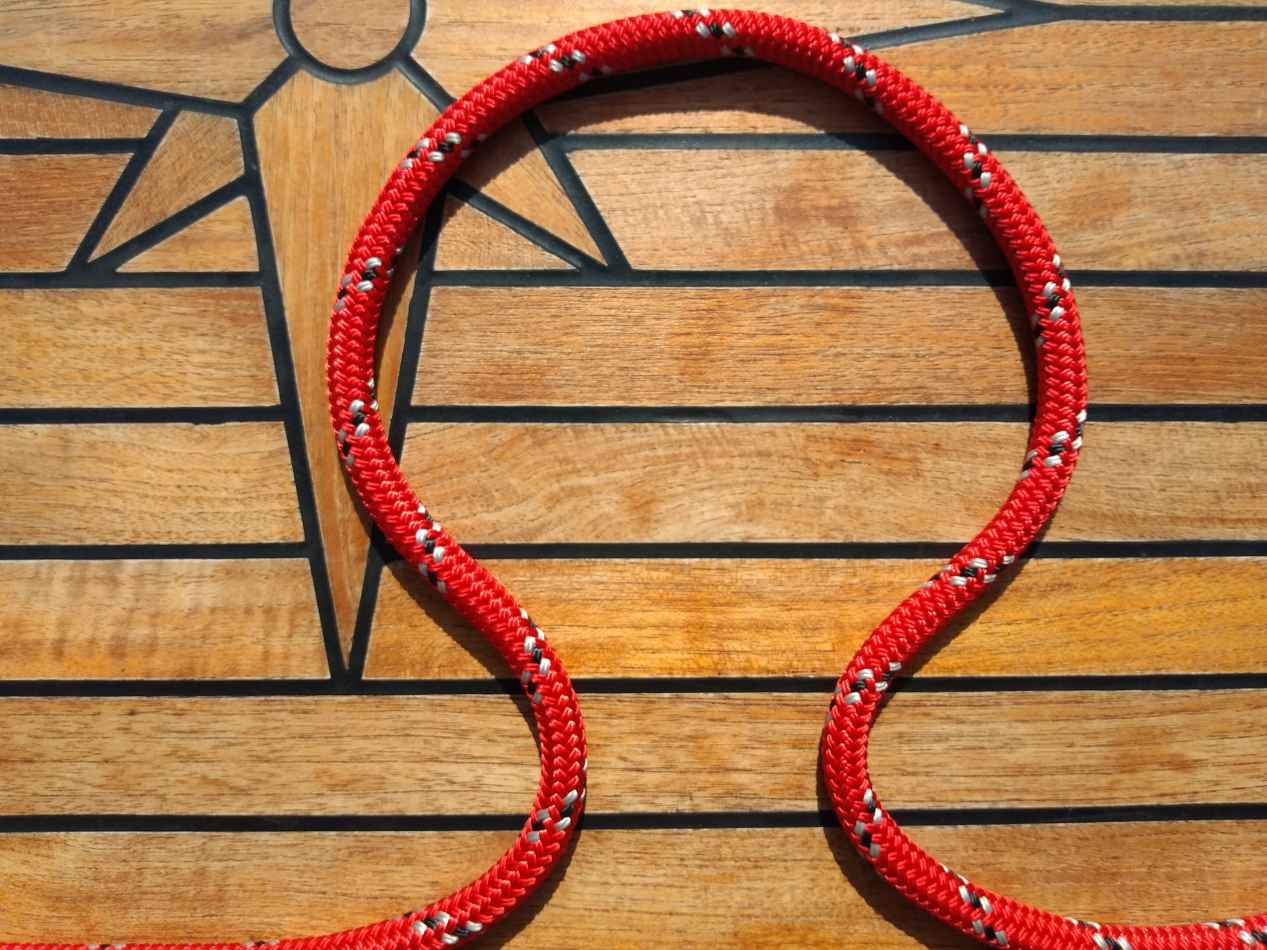 Crossing turn
Crossing turn 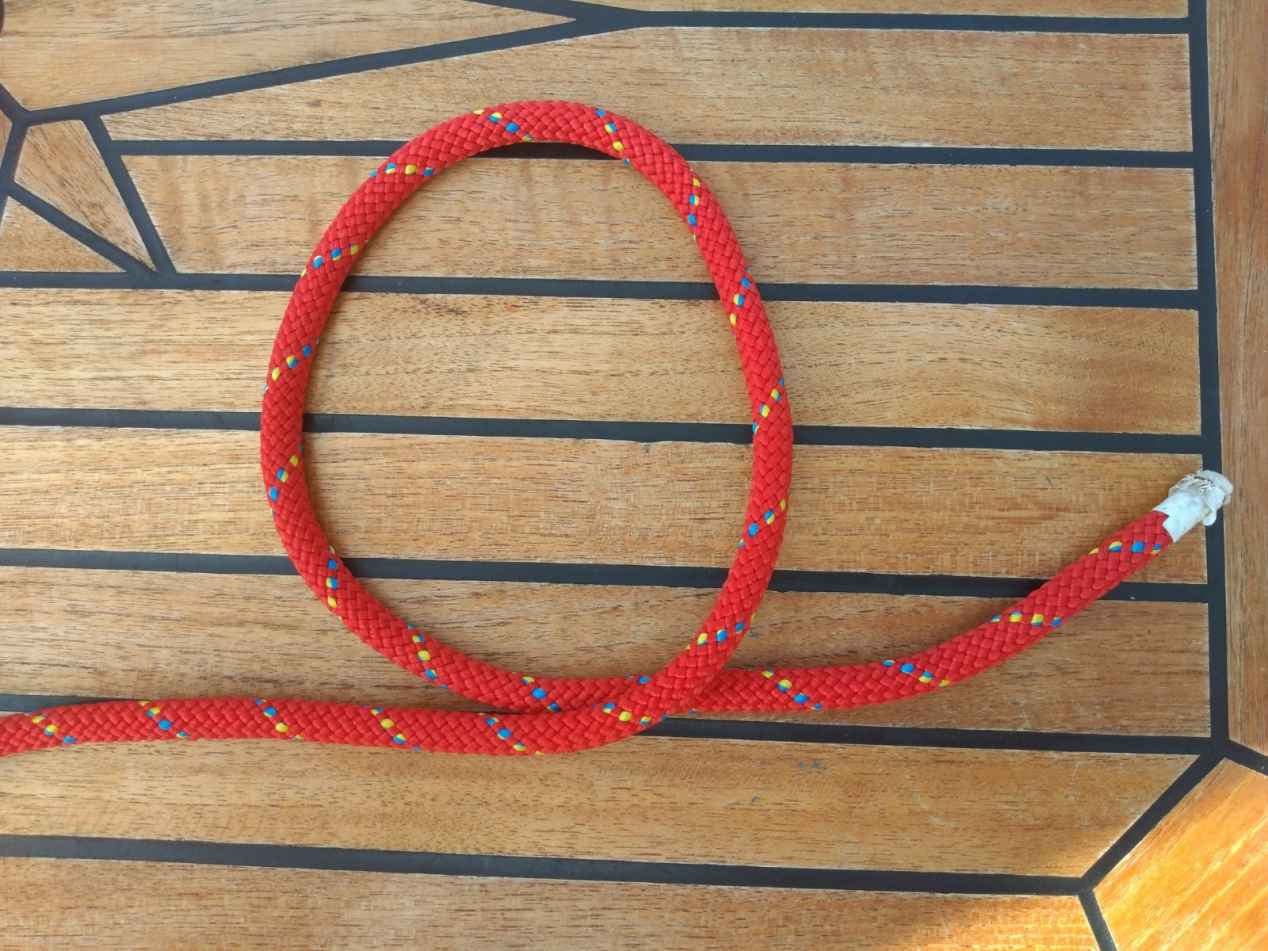 Rope Care
Rope Care
Ropes are expensive and taking good care of your ropes prolong the strength and durability of your ropes. This is regardless of the quality, material and construction. Without proper care, any rope is subject to failure. Remember that your dream is attached to your mooring rope with just a few lengths of nylon.
When you bring in the ropes at the end of the season, make sure to clean the ropes, dry them and hang them up in a dry place. Inspect your ropes on a regular basis for wear and tear. A damaged rope can easily break under load. Make sure to always use ropes that are in good condition and to replace damaged ones. Protecting ropes from wear caused by chafing is one of the best ways to extend the life of a rope. Permanent mooring ropes that are bent can easily be protected by a plastic pipe or a canvas stitched to the rope.
Types of ropes Ropes are used for many purposes and secure the boat, hoist sails, trim and adjust sails. Ropes are essential for all kind of boats. In order to sail and boat safely and efficiently, you need to understand how to handle different types of rope and to store them properly when it is not in use. There are many different types of ropes made from different materials. Learning about the various types of ropes will enable you to select the most suitable rope for your particular task. The material and construction of a rope determine how it behaves in terms of stretch, strength, durability, and flexibility.
The three most common ropes are made of either Polypropylene, Polyester and Nylon. Modern ropes for boats are made of synthetic materials that are lighter and more durable than natural fibers. Modern ropes are resistant to rot caused by dampness, but less expensive options like polypropylene ropes lose a significant amount of its strength when it is damped or wet. Ropes are sold in a variety of colors and the color-coding can be used to quickly identify which rope to use in a particular situation. The strength of a rope is determined by the material, construction method and the diameter of a rope. High-quality ropes are very strong and can withstand heavy loads and do not stretch easily.
It is important to match the diameter of the rope with the intended purpose of use. Thinner ropes can be used to handle sheets, control lines and halyards. A thicker diameter is necessary for holding an anchor and larger boats. It is important to choose the right rope and size for a particular job. The less expensive Polypropylene is a good choice for a cheap mooring rope or for safety rope since it floats in water. Due to the lack of strength, it is not an appropriate rope for sheets or control lines.
Polyester rope is more suitable for heavier boats, sheets, and halyards that require a stronger rope a rope with less stretch. Nylon ropes are strong and stretch under load, which makes it less than ideal for sheets and halyards. These ropes are often used as mooring or anchoring ropes where stretch is a preferred characteristic as it absorbs shock loads. It is important to remember that Nylon loses some of its strength in water and should be considered when selecting the diameter of the rope. Polypropylene Polypropylene is used to make low-cost, general-purpose three-strand ropes that are lightweight and floats in water. 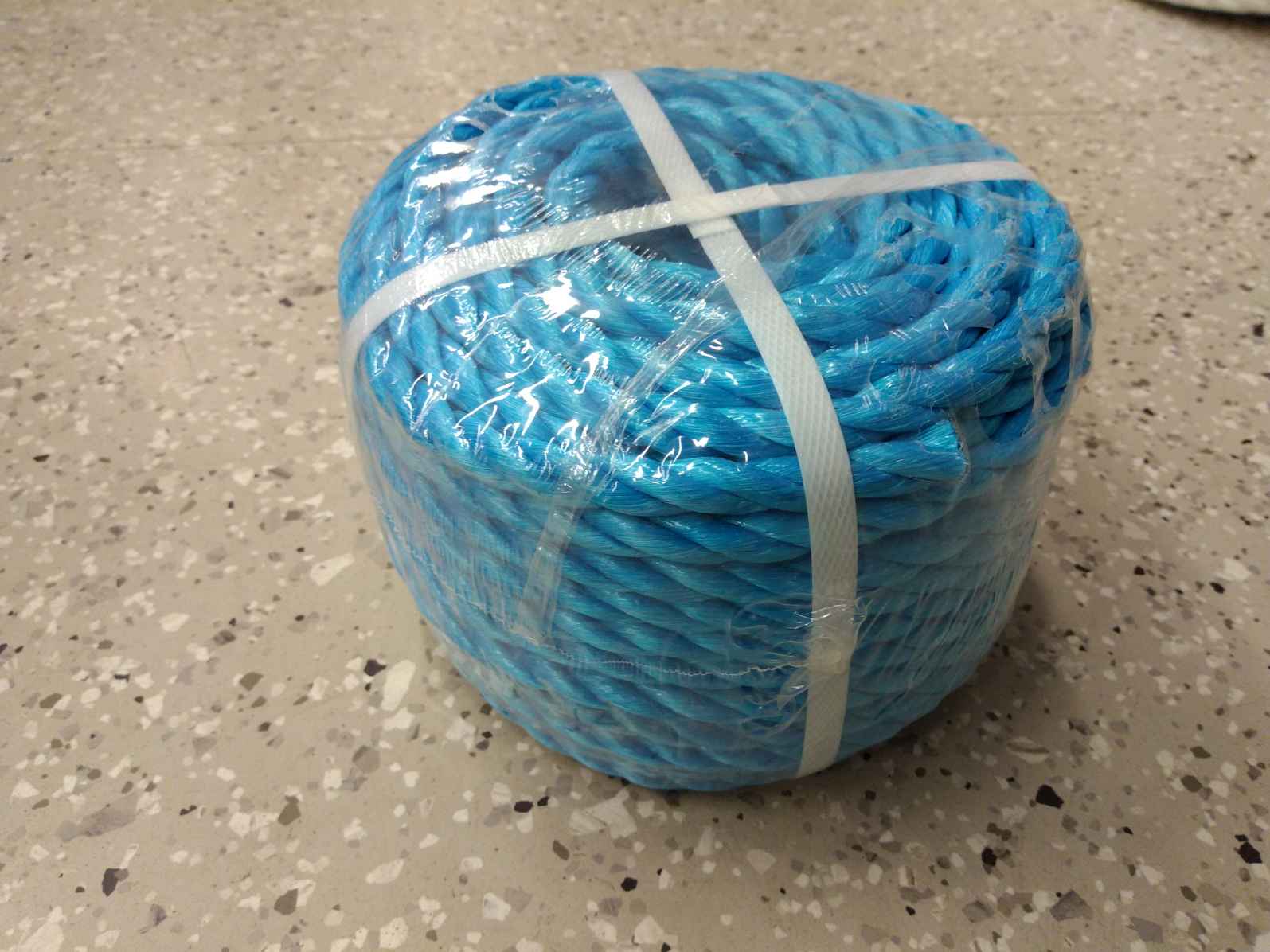 Polyester Polyester rope is normally braided or in a three-strand configuration.
Polyester Polyester rope is normally braided or in a three-strand configuration.
It is a strong rope with low stretch and does not float in water. Polyester ropes retains its normal strength in water. 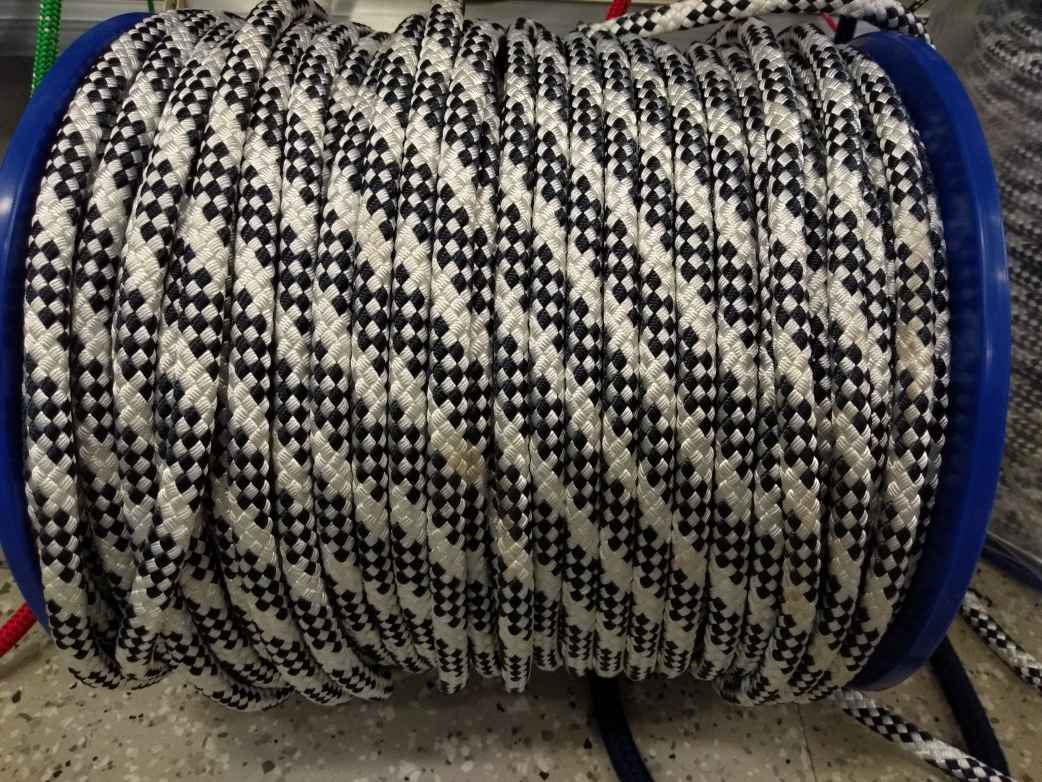 Nylon Nylon ropes are strong and elastic. Nylon rope does not float and loses some of its strength in water. Nylon ropes are good for shock absorption and dynamic loads because of its elasticity and is a clear choice for
Nylon Nylon ropes are strong and elastic. Nylon rope does not float and loses some of its strength in water. Nylon ropes are good for shock absorption and dynamic loads because of its elasticity and is a clear choice for 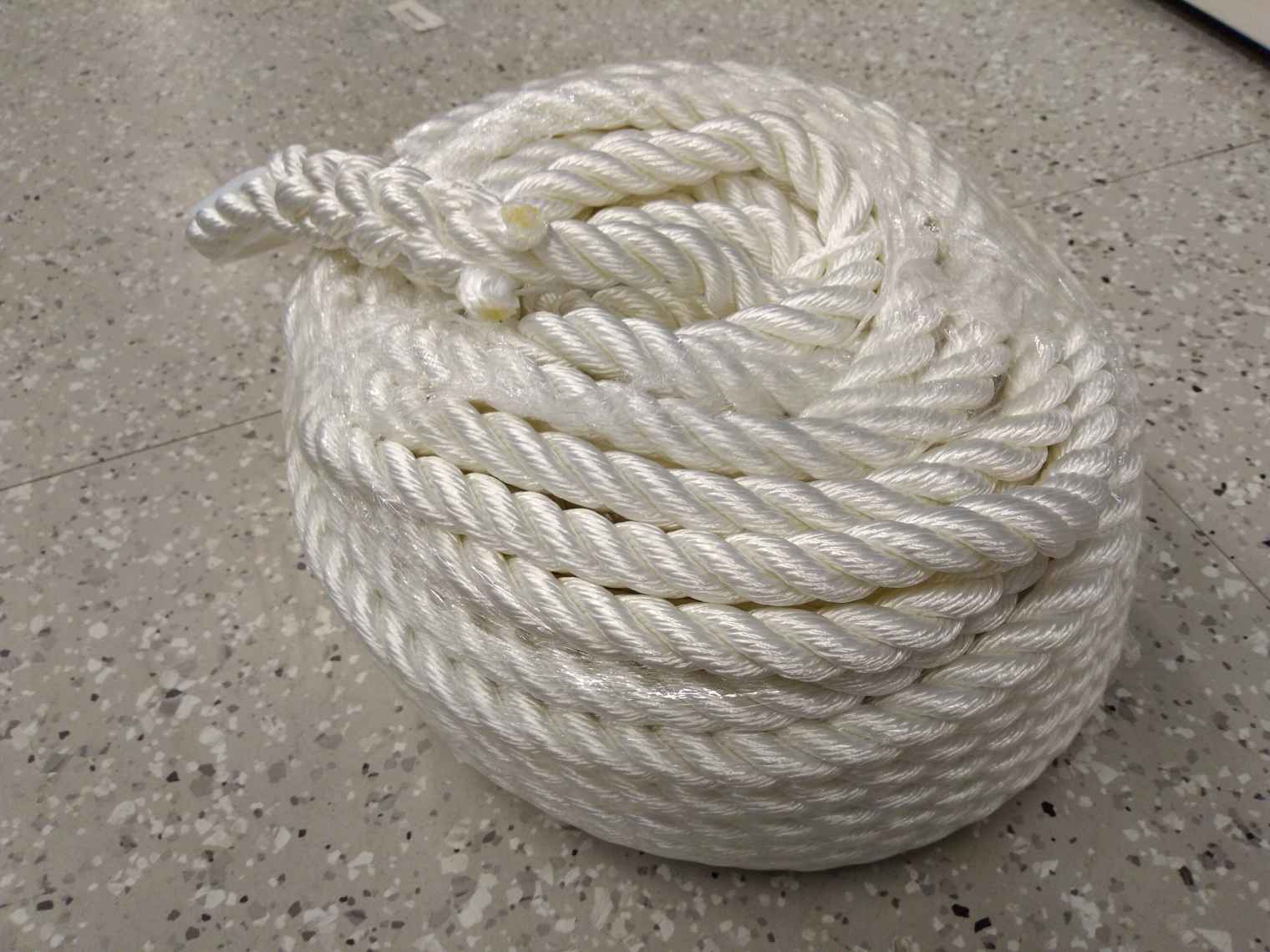 moorings and anchor ropes. Coiling a Rope When a rope is not in use, it is important to store it properly on the boat so it is secured and easily available when you need it.
moorings and anchor ropes. Coiling a Rope When a rope is not in use, it is important to store it properly on the boat so it is secured and easily available when you need it.
A rope that is not stored properly will be tangled and difficult to use on short notice. A rope that is not in use must be coiled to avoid it from being tangled. The coiling techniques depend on the construction of the rope. A three-strand rope should be coiled in equal size loops and braided ropes should be coiled in a figure eight pattern in order to balance the left and right twist of the rope. Coiling a three-stand rope If right-handed, hold the rope in your left hand and make loops with your right hand and twist the rope away from you between the thumb and forefinger. 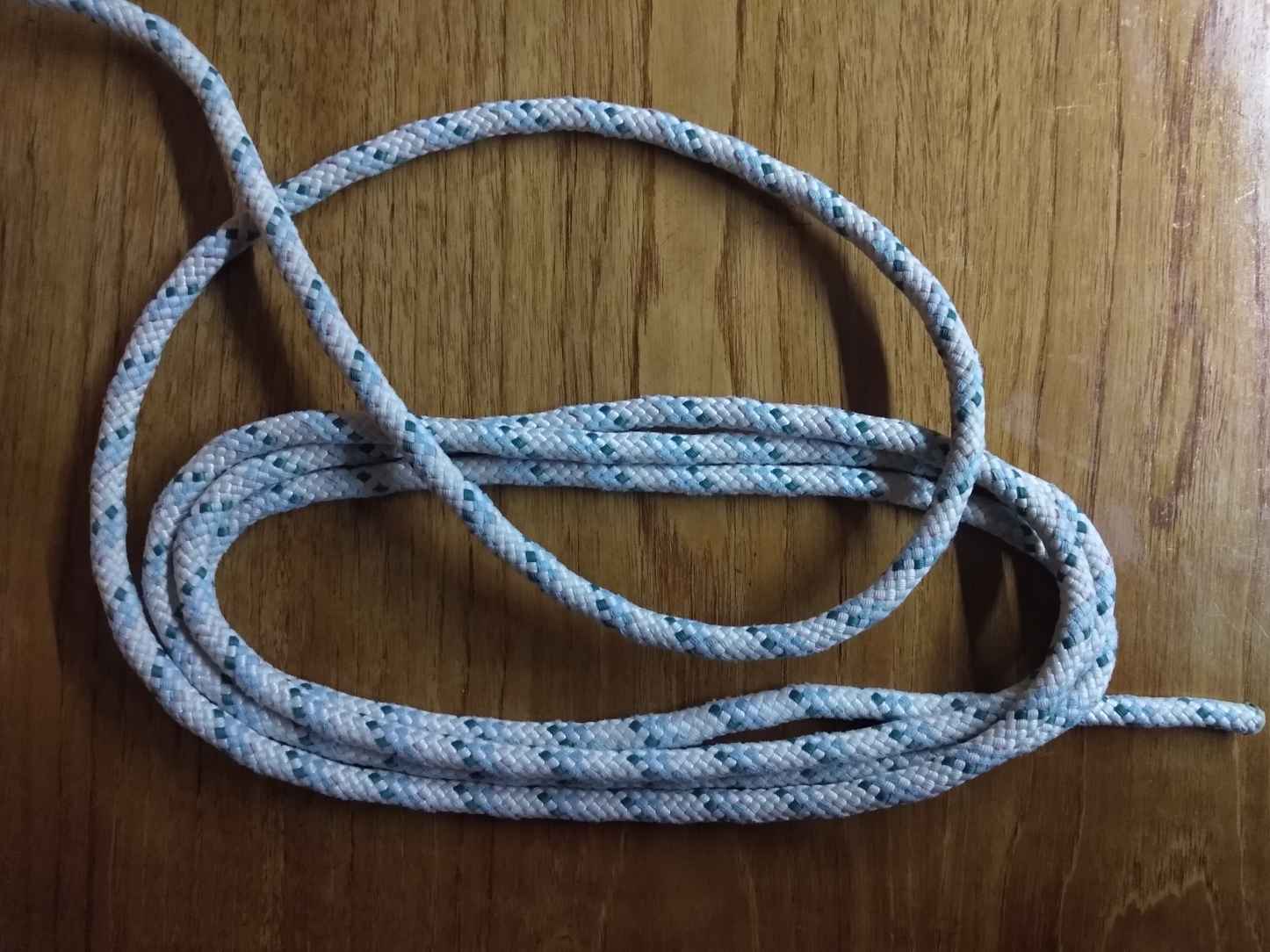
Font size:
Interval:
Bookmark:
Similar books «Practical Boating Knots: How to tie the +25 most practical rope knots and master them»
Look at similar books to Practical Boating Knots: How to tie the +25 most practical rope knots and master them. We have selected literature similar in name and meaning in the hope of providing readers with more options to find new, interesting, not yet read works.
Discussion, reviews of the book Practical Boating Knots: How to tie the +25 most practical rope knots and master them and just readers' own opinions. Leave your comments, write what you think about the work, its meaning or the main characters. Specify what exactly you liked and what you didn't like, and why you think so.

